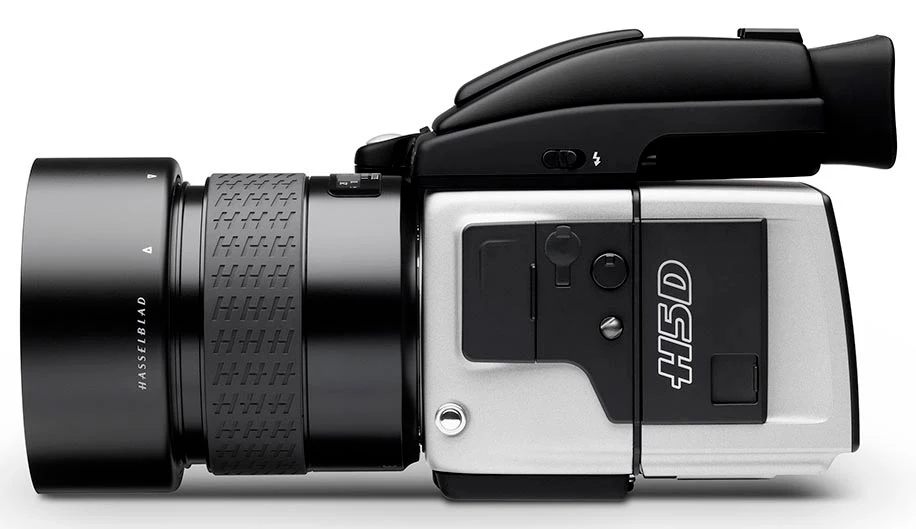Subscribe by Email to Shooting Outside
Thinking in Terms of Going Medium Format?
The Mamiya 645DF+ with 40, 60 and 80 megapixels, starting at $13000 with a 90mm lens and digital back
If you're like me you've at one point or another considered shooting MF, (Medium Format). The lure of capturing photos which can be enlarged to huge wall prints is attractive for all the right reasons. Imagine gracing your home with extra-large prints for the look you see only in the very best Parade of Homes residences. Even in smaller homes the effect that gives is beyond compare. Or for the photographer who sells their art, it offers yet another market to reach into. Or, if for no other reason than to gain a truly better exposure, the reward is unparalleled.
But Do You Have What it Takes?
First off it takes money but we'll get into that later. The ads and descriptions from sites that sell these MF bodies and the manufacturers that make claims, all seem to lead us to believe these accomplishments are nearly effortless. The list of the camera's abilities are long and include functions that make our current cameras appear limited by comparison. And I am absolutely positive there is a long list of buyers which have bought these bodies and after many frustrating outings have discovered that achieving the results they were lead to believe, have either sold them, or have them sitting in a closet collecting dust.
The Hassedblad H5D with 40, 50 and 60 megapixels starting at $17,995.00
There is a lot to consider when laying out that hard earned cash for a very expensive medium format system. Let's look at getting a sharp exposure, before we discuss anything else. What exactly does it take? Here is where I defer to what most all of us would refer to a medium format expert, Joseph Holmes' article 'GETTING TOP QUALITY FROM MEDIUM FORMAT' in which he writes a voluminous article that you can enjoy at your leisure or choose to read my brief on some of his points.When handling an APS-c sensor reaching a good focus is almost inevitable, with only the press of a shutter button. Moving to full frame, with AF Focus on and in Auto Mode, it is almost always a gurantee also. But when using a MF camera, in Manual Mode and reaching for the very best capture that the camera body, the digital back, the lens, the tripod, and you can manage, it is another matter entirely.
You can expect a much sharper image because MF cameras do not utilize an anti-aliasing filter, a filter effect that tends to soften, however you'll need to possibly do some post-production work if moire shows up.
Once set upon a tripod of some considerable weight for stability, you have a subject in your viewfinder, you must consider your vision and its ability to focus at the distance you wish to capture true focus. It follows that almost everyone will indeed find the best focus with the aid of a monocular. You will also need to calculate the effect of even a gentle breeze, slight if unnoticeable movements in the earth, your breathing and your hand's steadiness if not using a cable release or wireless remote, then by using AF Focus achieving what you see as the very best you can get, then turning off AF Focus and manually focusing to the best you can see (using the monocular) and only then tripping the shutter. All of these contribute or detract from your very best focus and sharp image. Only you will know which ones you will need more work on to accomplish as close to perfection as you can, for an enlargement which fits your wall or a client's.
A monocular aids in seeing the focus within your field of view for your subject; once AF has focused, and you have manually attempted a better focus, I promise you,you will not be able to do this better without one.
Every sensor is calibrated by plane of focus and some are dead on and some are not, leaving you with a less than perfect focus. In some cases the dead center of the sensor to the optical axis of the lens, can be no more off than 12 microns, the equivalent of 1/8 the thickness of a sheet of laser printer paper, or 0.012 mm. Then there is the focusing screen in the camera. it too must meet stringent alignment engineering and then mechanical placement, and we will find this in varying degrees of alignment, if we do test shoots. The trouble is 99 99/100% of us do not do this, so our shots are never going to achieve this close to perfection focus.
Now the digital back is also calibrated and as often out of alignment. In Joseph Holme's article he mentions one of the ones he used, 175 microns out of alignment. That's enormous. It is also improbable to sort out the out of alignment issue down to the camera or the back without using more than one of each. The camera and digital back manufacturer will tell you their products are tested and zeroed in to perfection. Do not trust that. Not even on the very most expensive bodies, backs or lenses made, as his article will bear out, he found that was not true. This si also why I have moved form one body to another in the Canon line. I don't for a minute believe that any manufacturer of higher end products designs into their products quality assurance testing procedures, a less than best-effort attempt to release for sale the best they can, however I do believe it happens. Enough said. Expect it and then take the product back and replace it with another if this issue is important to you. And if you question this, read Mr Holmes article 'MEDIUM FORMAT DIGITAL CAMERA OPTICAL PRECISION'.
On to The Lens
You would expect a lens to be sharp from the factory, but not usually a good expectation. It is up to you to find out by testing it, if your goal is to get the very best sharpness from all of your camera system's components. And Medium Format can not overcome any discrepancy in your lens sharpness. You can go through Holmes directions, through the use of a power pole, about half-way down the page on the first link above, or you can try the LensAlignMII at MTapes Design Store for right at $80. I have done this on most of my lenses and doing it yourself is not very difficult or time consuming but you do need to commit an hour per lens in the field and perhaps another hour on your screen. And if you find after doing the tests, that you have unsharp corners in your lens, that is the areas which are on the outer peripherals and not the center, there is nothing you can do about it if it is out of warranty, simply because the cost of realigning the glass inside a lens is more than replacement. Of course what that means is that your bad lens is now in the hands of another unsuspecting photographer. My advice is to buy new only, and test immediately then return until you finally receive sharpness in the corners. Here i suggest you take the time to read in full David Holmes article.
Locking up the Mirror
When the shutter button is pressed the curtains involved swing into position and cause a tiny vibration, which definitely transfers to the image sharpness, that is, lack of sharpness. We don't want that. So we use the menu setting to lock the mirror up so that all we are doing now is opening the lens, as the shutter button is pressed. Now in saying that we realize that some lenses have inside them micro motors which are buzzing as we find auto focus, but usually they have already stopped by the time the lens fully opens and the image is captured by the sensor. Locking up the mirror is vital in getting that near perfect capture, when considering a major enlargement. If you want to see what a really well focused image should look like zoomed at 100%, try this one at Better Light, then look at yours.
Now do you have what it takes to go Medium Format? And I'm not talking about the money, which is considerable once the entire system is built.






No comments:
Post a Comment
Comments